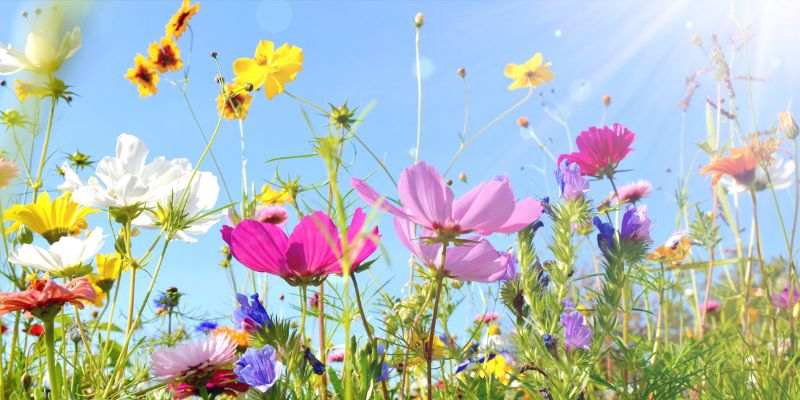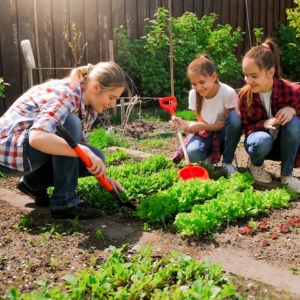Transform your garden into a haven for wildlife
According to the WWF, wildlife is in catastrophic decline but each of us have the power to change that. No matter how big or small, messy or pristine, urban or rural your garden is, you can create a haven for local wildlife to find refuge in.
Better yet, it only takes a few minor adjustments to provide food, water and shelter for our friends, and you’ll reap a whole lot of fun and reward in the process.
Have a go at ‘ungardening’
This new way of gardening is all about resisting the urge to mow your immaculate grass or rake the leaves. Leaving the grass to grow for longer than usual encourages wildflower growth, whilst scattered twigs, wood and leaves give shelter to the creepy crawlies, hedgehogs and birds that call your garden ‘home’.
Build a hedgehog highway
Hedgehogs travel about one mile every single night and adapting our garden can help them along their way. By making holes in your fence, they can pass through easily. You could even get your neighbours involved to create a longer path or ‘highway’ so they can move from plot to plot. Plus, it means more wildlife can access and enjoy your haven.
Feed the birds
Nearly 30% of birds in Great Britain face the threat of extinction, and a bird feeder is one of the easiest additions you can make to your garden, with the power to make a big difference. It will attract a variety of local birds to your garden and you may even make some friends as they’re likely to come back again and again.
The RSPB recommend having a few different bird feeders in your garden to attract multiple different types of bird. For example, if you have a spacious garden, add a seed feeder, a ground feeder and a nut and nibble feeder.
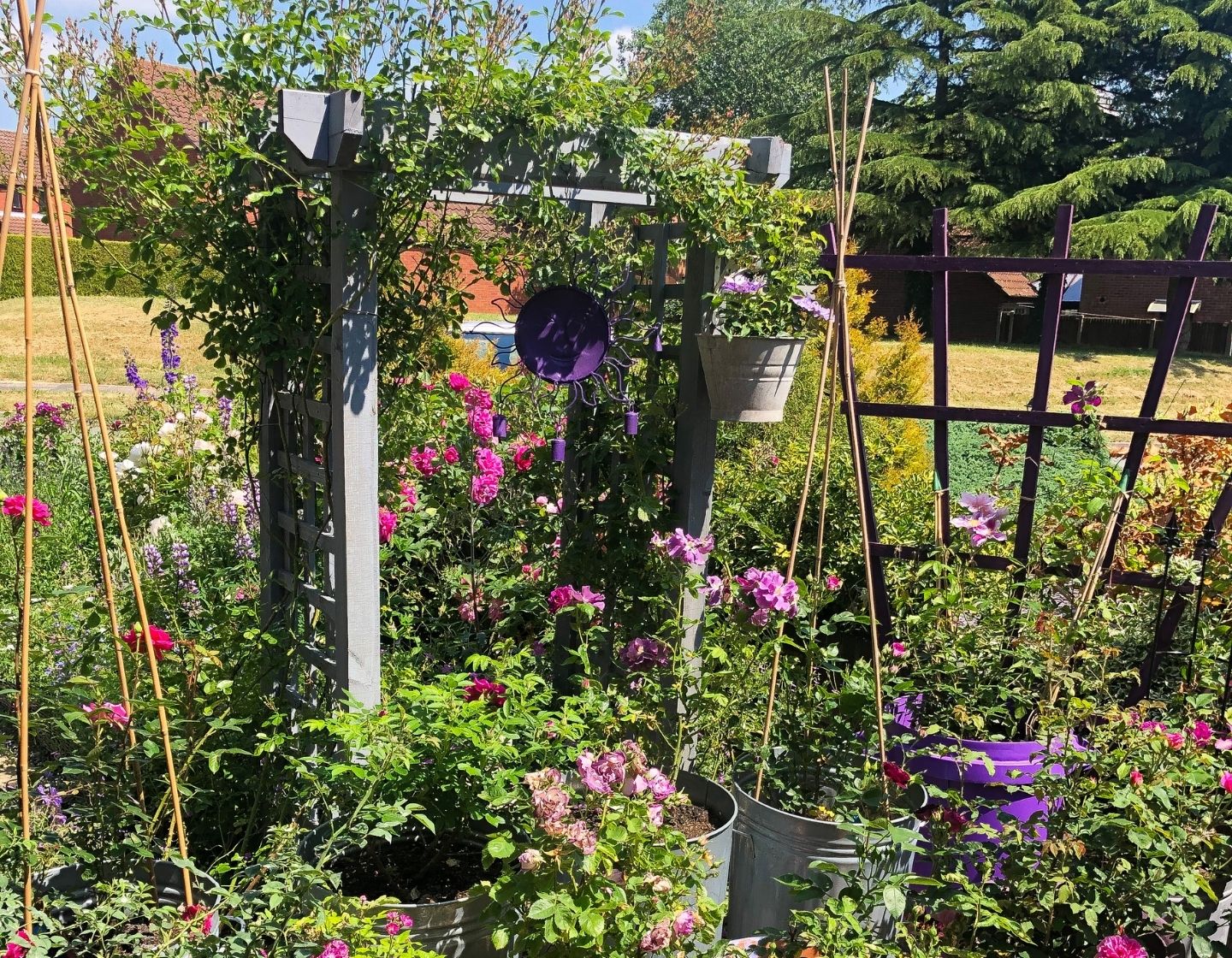
Add a water feature
Ponds, or any area of water really, make a great habitat for frogs, newts, dragonflies and even some birds. You can add plants, stones or logs all around to invite even more wildlife that need a pitstop for hydration.
If you want something smaller, you could make your own pond using a buried bucket. Simply add some stones and a wooden ramp for little creatures to access the water. Bird baths are also beautiful garden features that will benefit local wildlife.
For the pond water, use rainwater from a water butt as you’ll use less tap water, saving you money on your bills. Don’t have a water butt yet? – check out why you should get one!
Make your own compost
Composting is a fantastic way to help the planet. It reduces landfill waste and it enriches soil with nutrients and microorganisms – great for the garden. Plus, it’s super cheap and easy. Rather than popping your grass cuttings and vegetable scraps in the bin, just put them in the compost bin instead. It doesn’t have to be huge or fancy, a small compost bin in the kitchen does the job.
An outdoor compost heap provides a home for hedgehogs and birds, and it also provides food for worms, spiders, woodlice and fungi, which in turn will attract birds and other small mammals.
Build a bug hotel
A quick DIY project could attract an array of insects to your garden. Creating a safe refuge from leaves, twigs, wood and pretty much any foliage in your garden could transform a small patch of your garden into an insect haven. Adding bamboo canes could protect precious honey bees too, which is crucial.
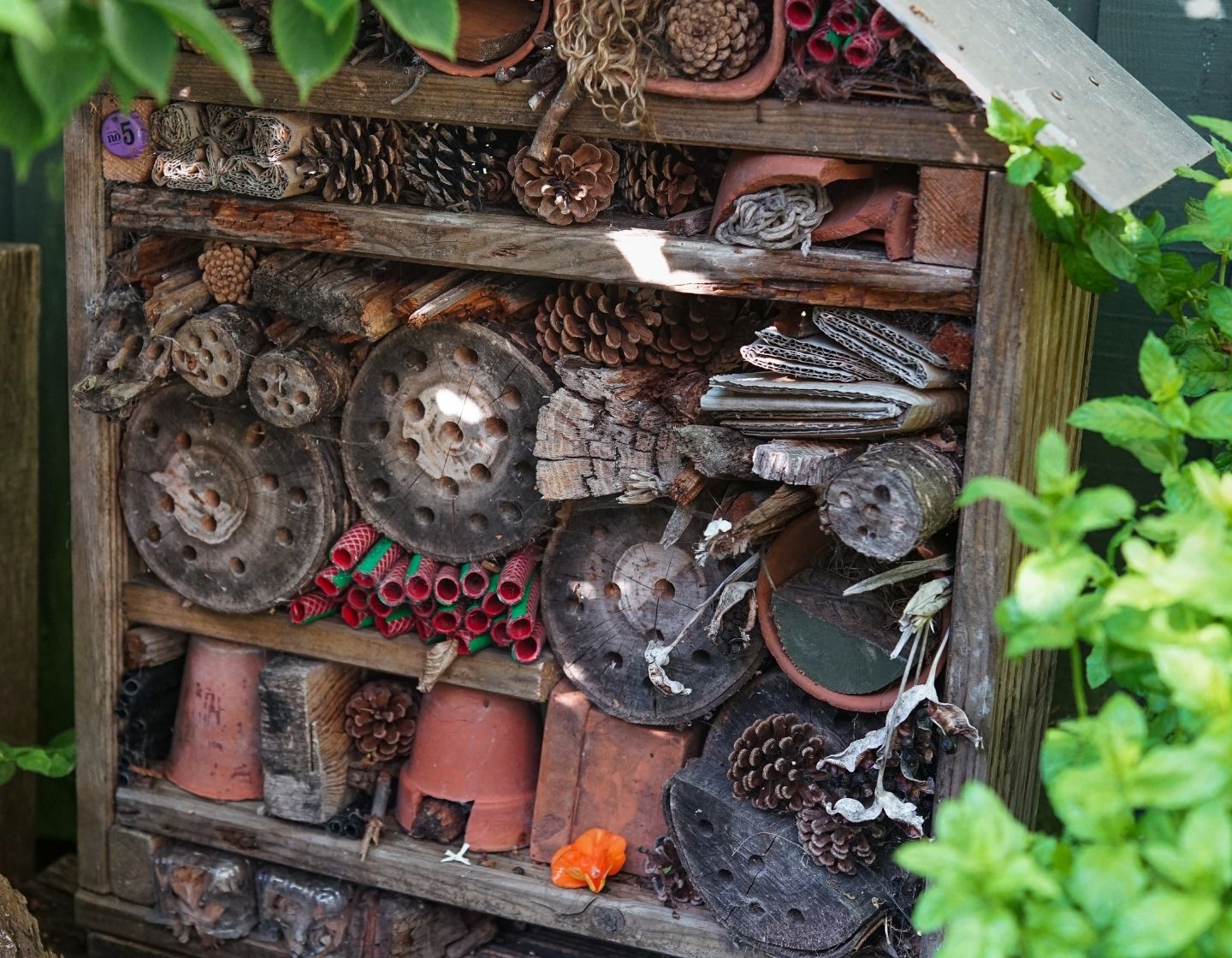
Planting for pollinators
Speaking of our buzzing friends, choosing the right flowers could make a huge difference. Not only do flowers create a beautiful landscape, they’re also vital sources of pollen. One third of our crops rely on pollination, so our very livelihood depends on the welfare of bees and other pollinators. We can give them a helping hand by making our gardens insect-friendly.
When choosing what flowers to grow, opt for single petalled flowers as they have more pollen and nectar, and they’re easier for bees and other insects to get into. Long-tongued bees like the bumble bee especially like tubular-shaped flowers such as foxgloves and honeysuckle.
Fun fact: bees love purple as they see flowers in ultra-violet! So plant lavender, catmint and buddleia.
Every garden no matter the size, even if it’s a balcony, can be both beautiful and bee-friendly. Try creating a pollen-friendly plant pot with purple flowers and a shallow dish of water for hydration to attract bees and butterflies to your door.
Flowers and herbs that pollinators love:
- Bluebells
- Forget-me-nots
- Rosemary
- Foxgloves
- Delphiniums
- Thyme
- Single-flowered dahlias
- Buddleia
- Cornflowers
Our Pollinator Power Seedbom set is a buzzing mix of wildflower seeds that pollinators will love. They’re so easy to use – simply shake the bom, soak it, throw it and grow it! They’ll burst and biodegrade into your garden, leaving only beautiful plants in its place.
For more bee facts, check out the benefits of beekeeping.
Create your very own wildflower meadow
You’ll need a relatively big space to bring a meadow to life, but the result will be a breathtaking natural habitat bursting with butterflies, birds and other small animals. Start by preparing the ground, and then sow your wildflower seeds using our Birds, Bees and Butterflies Seedbom. Surprisingly, you can only let nature do its thing to a certain extent – you still have to spend time maintaining it.
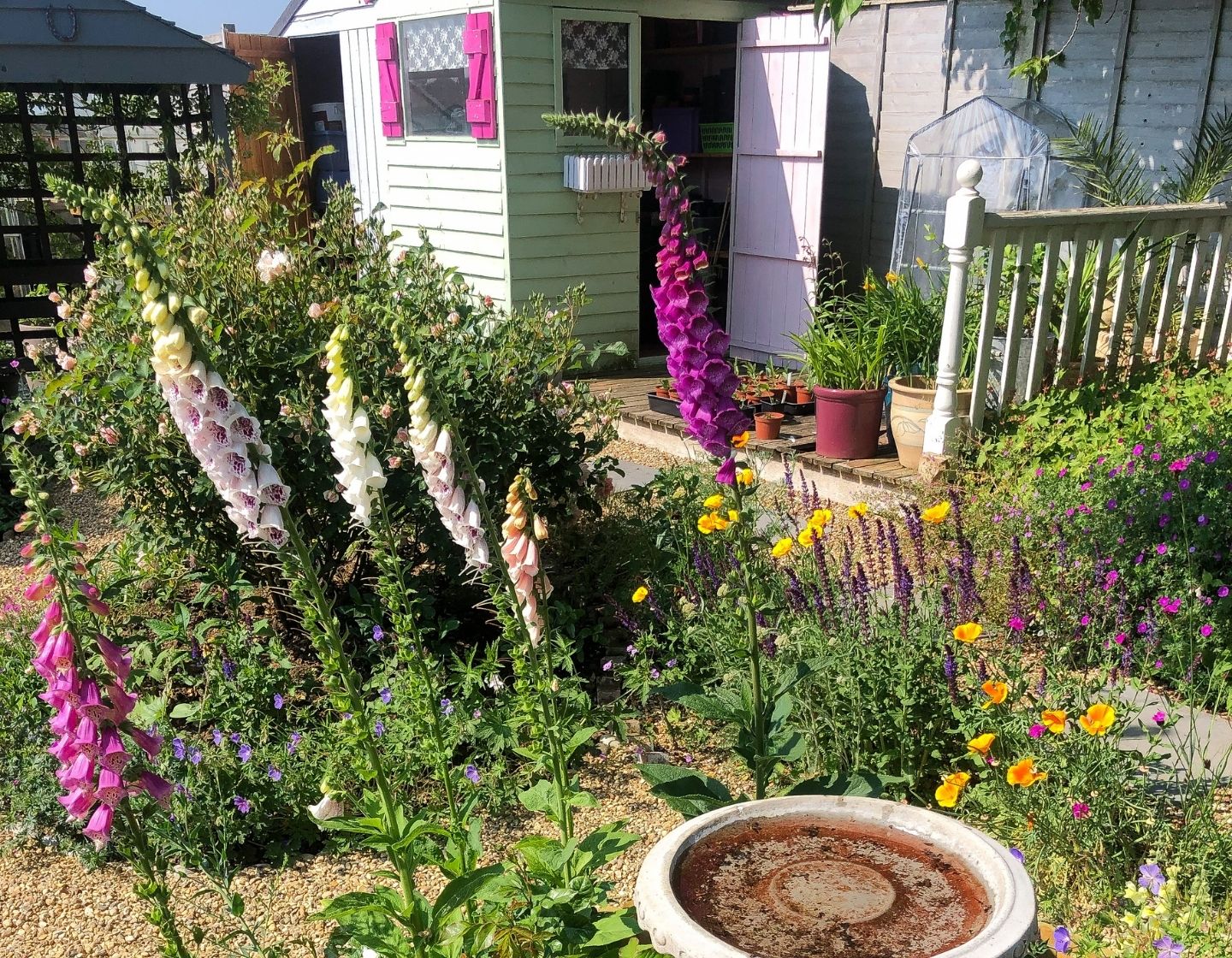
Grow a range of plants for year-round flowering
A range of plants that flower at different points of the year will give food and shelter to wildlife all year around, not just for Spring and Summer. Growing plants native to your area is especially crucial, giving shelter and food to local wildlife that they have evolved to feed from.
Climbing plants such as ivy, wisteria, clematis and climbing roses are great sources of food, and provide cover for birds and insects all year round. They also make untidiness look beautiful as they march to their own drum, taking the shape they want.
Embrace the countryside with a hedge
There are so many ways to invite wildlife into our gardens and the more variety, the more wildlife that will come.
Planting a combination of taller flowers, climbers, bushes and trees in one area will provide shelter, and nesting sites for a variety of birds and mammals. Meanwhile, smaller flowering plants and shrubs, areas of uncut grass and wildflowers will provide good cover for smaller mammals and food for pollinators like bees and butterflies.
Hedges also come in a variety of leaf, flower and fruit species that all benefit different wildlife at different times of the year. Wildlife-friendly hedge plants include: beech, hazel, dogwood and hawthorn.
Hedges also reflect the natural countryside which invites even more wildlife to visit, especially if you create “green corridors” so that our furry friends can journey through different habitats (just like putting a hole in the fence).
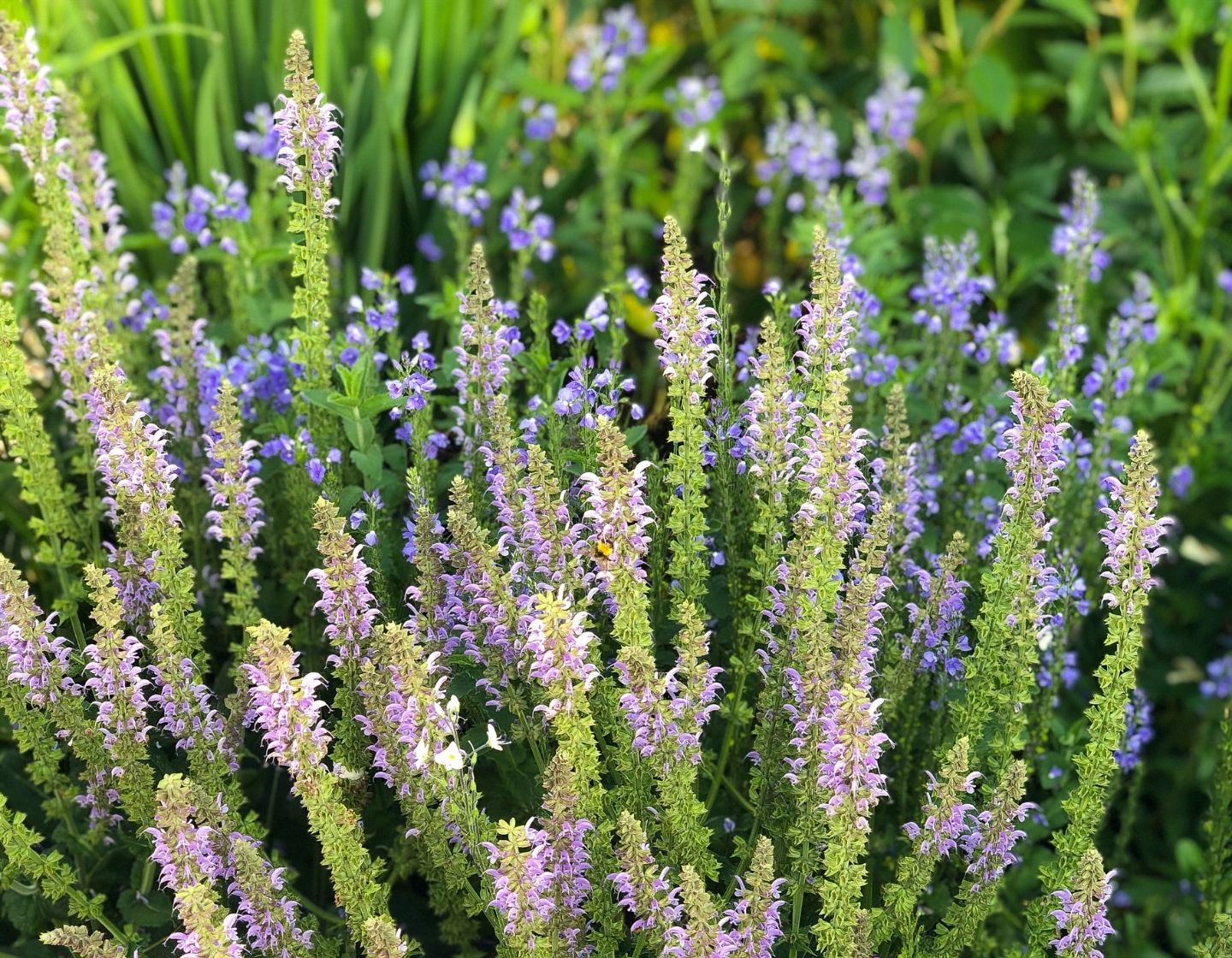
No matter the size, wildlife can find a home in your garden
Whether you live in a busy city or a quiet village in the countryside, your garden is a corridor. By promoting biodiversity, choosing the right plants for pollen and providing shelter, you’ll help tons of local species find a home.
City-dwellers – we’ve got you covered too. Our Urban Bloomer Seedbom will transform your humble space into a floral haven. With a mix of poppy, corn marigold, cornflower, forget-me-nots, oxeye daisy and red campion, your garden will be bursting with colour and buzzing insects in just six weeks.
Grow your sustainable journey and check out our eco-friendly garden and outdoor range.

